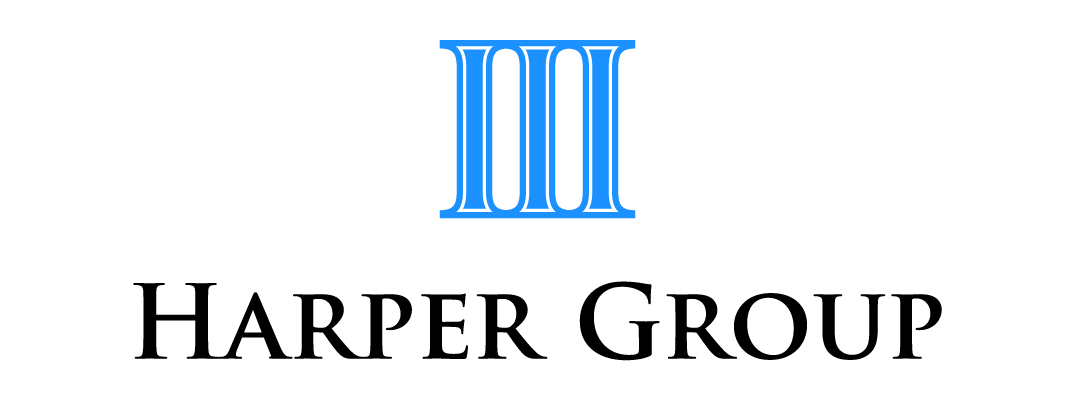ATO lets the cat out of the bag on what attracts its attention
There are certain behaviours, characteristics and tax issues that the ATO admits will attract its attention. But as it is more interested to see taxpayers get things right rather than the bother, and expense, of chasing down every misdemeanour, the ATO has spelled out the areas that most concern it — that is, the incidents or details that are more likely to raise a red flag.
Broadly, the following behaviours and characteristics may attract the ATO’s attention:
· tax or economic performance is not comparable to similar businesses
· low transparency of tax affairs
· large, one-off or unusual transactions, including transfer or shifting of wealth
· a history of aggressive tax planning
· tax outcomes inconsistent with the intent of tax law
· choosing not to comply or regularly taking controversial interpretations of the law
· lifestyle not supported by after-tax income
· treating private assets as business assets
· accessing business assets for tax-free private use
· poor governance and risk-management systems.
And there are certain areas of taxation — such as CGT, FBT, private company profit extraction (including Div 7A), the taxation of financial arrangements and more — that the ATO says its risk antennae are more sensitive to. Included in this list is the use of trusts.
Trusts in focus
One of the more expansive areas of concern for the ATO seems to be trusts, with several compliance issues highlighted by it as requiring particular attention.
For example, it says distributions from discretionary trusts to SMSFs will typically raise a red flag. It says these distributions “are subject to the non-arm’s length income rules and the amount is treated as non-arm’s length income and taxed at the highest tax rate of 45%”.
The elements that attract the ATO’s attention include:
· the complying superannuation fund (generally SMSF) is a beneficiary of a trust
· the trust is not a fixed trust (or one with fixed entitlements to income) and is not widely held
· distribution by trust to complying superannuation fund
· superannuation fund does not report amount as non-arm’s length income.
“Generally, distributions from discretionary trusts to complying SMSFs are automatically non-arm’s length income, so it would be difficult for a taxpayer to mitigate this risk if they were looking to engage in this behaviour,” the ATO says.
Distributable and taxable income, and tax-preferred entities
Differences between distributable and taxable income are also a hot ATO touch-point. “We focus on differences between distributable income of a trust and its net [taxable] income which provides opportunities for those receiving the economic benefit of trust distributions to avoid paying tax on them,” it says.
The arrangements involve:
· the trustee determines a significantly reduced trust distributable income as compared to the trust taxable income
· the insertion of a tax concessional beneficiary to accept entitlement to the small trust distributable income together with the large liability to tax arising from the trust taxable income.
A tax concessional beneficiary may:
· have substantial prior-year losses
· have minimal resources that fall short of the tax liability arising from the distribution, resulting in a lack of capacity to pay the tax
· be taxed at a considerably lower rate (or not at all) than those ultimately receiving the economic benefits through this arrangement
· while these circumstances may normally be acceptable, they are not acceptable where the trustee manipulates the trust’s distributable income to this end.
The ATO says that what particularly attracts it attention is where a beneficiary has only recently been included as an object of the discretionary trust, and/or a beneficiary who has a minimal net asset position or one that is insufficient to meet the tax liability arising from the distribution.
Distributing largely to tax-preferred entities is also a red-flag signal to the ATO. This can occur when a beneficiary is tax-exempt, is in a loss position or is a newly-created company.
Income or capital?
Also in its focus are trusts that are carrying on a business of selling an asset as part of a profit-making undertaking. The ATO says it aims to ensure they are not claiming the 50% CGT discount in relation to profits from the sale of assets acquired, or developing this as part of the business or undertaking.
“Inappropriate characterisation as capital can occur where property developers set up special purpose trusts and report any profits from the ultimate sale of the property on capital account in order to claim the 50% CGT discount,” the ATO says. “These profits should be on revenue account for tax purposes because the property is sold as part of a profit-making undertaking.”
The ATO says that if taxpayers are concerned about a certain tax or super position, they can:
· engage with the ATO for advice to get certainty about a complex transaction or arrangement from one of our experts
· correct a mistake by requesting a self-amendment or making a voluntary disclosure.
Also see the ATO’s web page “Tax issues for trusts — tips and traps” for more.
Harper Group Pty Ltd Chartered Accountants Frankston ph 03 9770 1547
Disclaimer: All information provided in this article is of a general nature only and is not personal financial or investment advice. Also, changes in legislation may occur frequently. We recommend that our formal advice be obtained before acting on the basis of this information.
